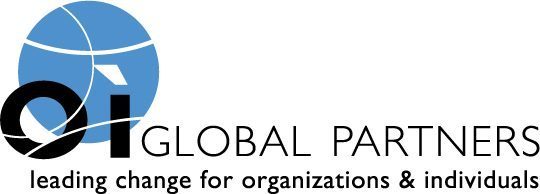Employers are always looking for ways to improve performance in their organizations. In searching the literature, you will find hundreds of articles and presentations addressing this very subject. You would think with all of this information, it would not be a difficult task to accomplish. However, companies are still struggling with what they can do to build and maintain a high-performance environment for their employees. As much as senior management pours over business reports and spreadsheets looking for answers, it may just boil down to one concept: how you are treating your employees. Following these three simple concepts may just be the magic bullet you need to jump-start that high-performance team:
 Create a culture where company goals and strategies are clearly understood and continuously communicated. Employees want to know: What are the goals of the organization? What does my organization expect of me as an employee? How does my job contribute to the success of the company? Does the management team lead by example? Does my organization “walk the talk?” Communication is the key; up, down and across the organization.
Create a culture where company goals and strategies are clearly understood and continuously communicated. Employees want to know: What are the goals of the organization? What does my organization expect of me as an employee? How does my job contribute to the success of the company? Does the management team lead by example? Does my organization “walk the talk?” Communication is the key; up, down and across the organization.
Employees understand their performance expectations and are supported by the organization to enable them to become successful. Employees want to know for what they will be held accountable, how they will be measured, and that they have the tools, resources and information available to get the job done. Managers who recognize the strengths of each employee and allows employees to maximize their strengths by the types of activities or project they are encouraged to do, creates an environment that will keep employees engaged and satisfied.
Management provides both informal and formal feedback on a regular basis. No employee is going to do everything perfectly all the time. A good manager will monitor and coach employees regularly to not only address and correct issues that arise, but also to give positive, specific and relevant feedback on how they are doing the job. Information during a formal performance review should never be a surprise. It should be a summary of many discussions held throughout the year. The formal review session must be viewed by the employee as a fair and accurate account of his or her performance. And it is an opportunity to discuss ways to further develop strengths and increase skill levels.
It has been said the money will bring in new employees, but job satisfaction is one of the top motivators in keeping them. An environment that builds on innovation, creativity and utilizing the strengths of its employees will impact the bottom line.
Share this post:

No responses yet